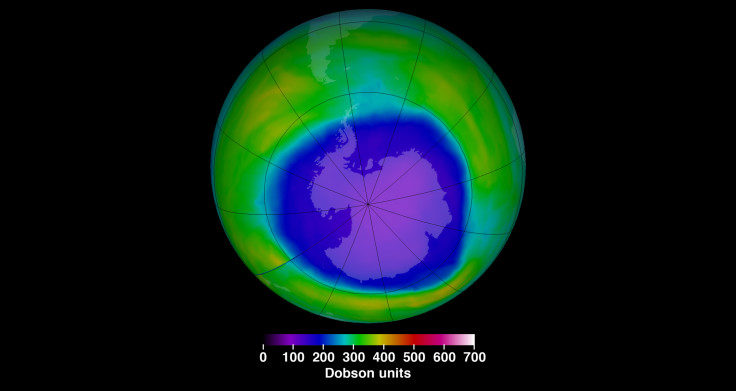NASA Reveals 2019 Ozone Hole Is Smallest Recorded, Attributed To Climate Change

Recent observations carried out by NASA and the National Oceanic and Atmospheric Administration (NOAA) revealed that the hole in the ozone layer has reached its smallest size ever since its discovery in 1982. According to the scientists from the agency, the rapid decrease of the ozone hole was triggered by the warm climate.
Ever since its discovery almost 40 years ago, various agencies have been monitoring the growth of the hole in the zone on a yearly basis. Earlier this year, the hole grew to a size of 6.3 million square miles on Sept. 8.
Surprisingly, the hole began shrinking since then and reached a size of less than 3.9 million square miles. According to scientists from NASA and NOAA, this goes against the ozone hole’s typical growth trend this time of the year, which usually reaches about 8 million square miles.
As noted by Paul Newman, head of Earth Sciences at NASA’s Goddard Space Flight Center, the sudden decrease in the hole’s size was caused by the recent increase in global temperature. The scientist, however, emphasized that it should not be considered as a sign that the ozone is recovering.
“It’s great news for ozone in the Southern Hemisphere,” he said in a statement. “But it’s important to recognize that what we’re seeing this year is due to warmer stratospheric temperatures. It’s not a sign that atmospheric ozone is suddenly on a fast track to recovery.”
According to NASA, the latest record marks the third time that the hole in the ozone shrank since 1982. The first time it happened was in 1988 followed by a similar size decrease in 2002.
Usually, the ozone hole above the Southern Hemisphere begins to grow during late winter as it gets hit by the returning Sun’s rays, which can cause ozone-depleting chemical reactions. These reactions are heightened by the chemicals such as chlorine and bromine that came from man-made compounds.
According to NASA, the warner climate prevented the formation of polar stratospheric clouds that contribute to the ozone-depletion process. In addition, the recent weather conditions brought in ozone-rich air from higher latitudes into the Southern Hemisphere, which boosted the ozone levels in the affected area.
As noted by NASA, the ozone hole is expected to remain stable within the next few weeks.
© Copyright IBTimes 2025. All rights reserved.





















